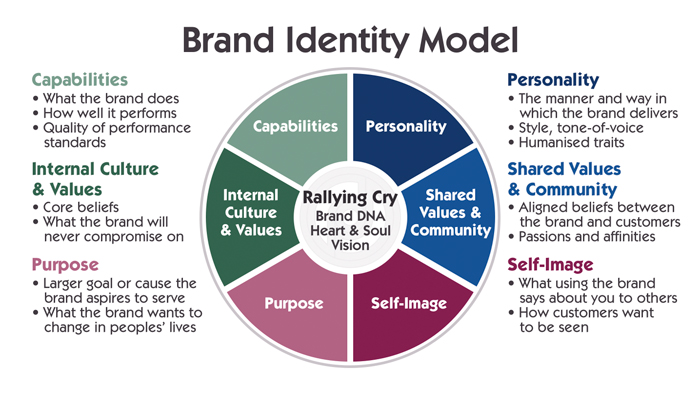Treatments for childhood trauma
Recognizing and Treating Child Traumatic Stress
Learn about the signs of traumatic stress, its impact on children, treatment options, and how families and caregivers can help.- Types of Traumatic Events
- Signs of Child Traumatic Stress
- Impact of Child Traumatic Stress
- What Families and Caregivers Can Do to Help
- Treatment for Child Traumatic Stress
- More Ways to Find Help
Types of Traumatic Events
Childhood traumatic stress occurs when violent or dangerous events overwhelm a child’s or adolescent’s ability to cope.
Traumatic events may include:
- Neglect and psychological, physical, or sexual abuse
- Natural disasters, terrorism, and community and school violence
- Witnessing or experiencing intimate partner violence
- Commercial sexual exploitation
- Serious accidents, life-threatening illness, or sudden or violent loss of a loved one
- Refugee and war experiences
- Military family-related stressors, such as parental deployment, loss, or injury
In one nationally representative sample of young people ages 12 to 17:
- 8% reported a lifetime prevalence of sexual assault
- 17% reported physical assault
- 39% reported witnessing violence
Also, many reported experiencing multiple and repeated traumatic events.
It is important to learn how traumatic events affect children. The more you know, the more you will understand the reasons for certain behaviors and emotions and be better prepared to help children and their families cope. Learn more about the types of trauma and violence and types of disasters.
Signs of Child Traumatic Stress
The signs of traumatic stress are different in each child. Young children react differently than older children.
Preschool Children
- Fearing separation from parents or caregivers
- Crying and/or screaming a lot
- Eating poorly and losing weight
- Having nightmares
Elementary School Children
- Becoming anxious or fearful
- Feeling guilt or shame
- Having a hard time concentrating
- Having difficulty sleeping
Middle and High School Children
- Feeling depressed or alone
- Developing eating disorders and self-harming behaviors
- Beginning to abuse alcohol or drugs
- Becoming sexually active
For some children, these reactions can interfere with daily life and their ability to function and interact with others.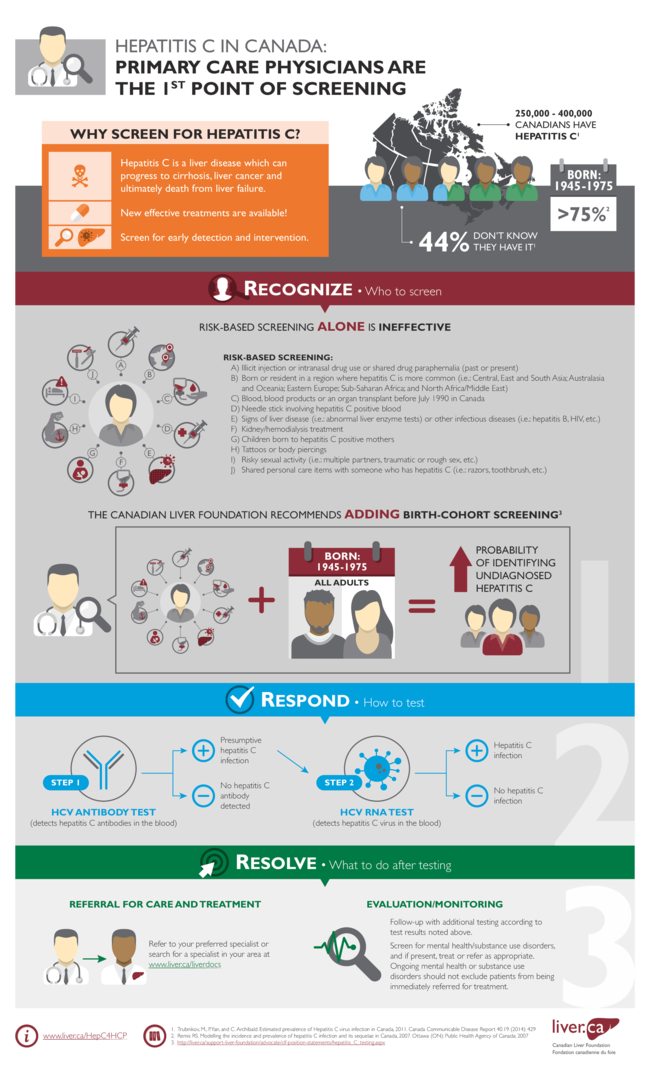
Impact of Child Traumatic Stress
The impact of child traumatic stress can last well beyond childhood. In fact, research shows that child trauma survivors are more likely to have:
- Learning problems, including lower grades and more suspensions and expulsions
- Increased use of health services, including mental health services
- Increased involvement with the child welfare and juvenile justice systems
- Long term health problems, such as diabetes and heart disease
Trauma is a risk factor for nearly all behavioral health and substance use disorders.
What Families and Caregivers Can Do to Help
Not all children experience child traumatic stress after experiencing a traumatic event, but those who do can recover. With proper support, many children are able to adapt to and overcome such experiences.
As a family member or other caring adult, you can play an important role. Remember to:
- Assure the child that he or she is safe.
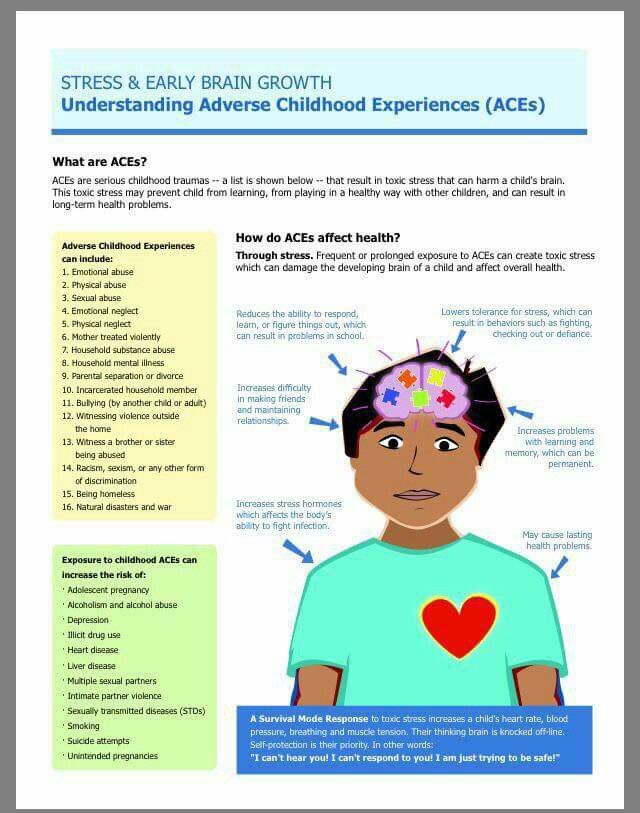 Talk about the measures you are taking to get the child help and keep him or her safe at home and school.
Talk about the measures you are taking to get the child help and keep him or her safe at home and school. - Explain to the child that he or she is not responsible for what happened. Children often blame themselves for events, even those events that are completely out of their control.
- Be patient. There is no correct timetable for healing. Some children will recover quickly. Others recover more slowly. Try to be supportive and reassure the child that he or she does not need to feel guilty or bad about any feelings or thoughts.
Review NCTSI’s learning materials for parents and caregivers, educators and school personnel, health professionals, and others.
Treatment for Child Traumatic Stress
Even with the support of family members and others, some children do not recover on their own. When needed, a mental health professional trained in evidence-based trauma treatment can help children and families cope with the impact of traumatic events and move toward recovery.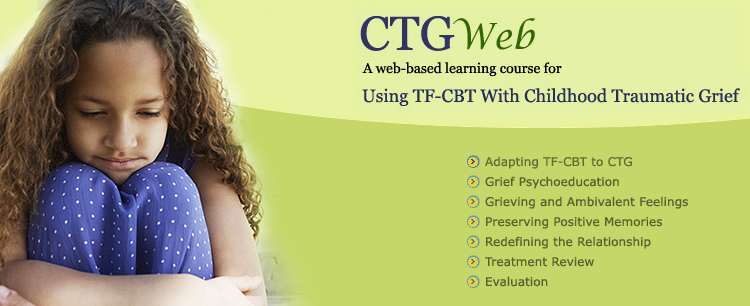
Effective treatments like trauma-focused cognitive behavioral therapies are available. There are a number of evidence-based and promising practices to address child traumatic stress.
Each child’s treatment depends on the nature, timing, and amount of exposure to a trauma.
Review Effective Treatments for Youth Trauma – 2004 (PDF | 55 KB) at the National Child Traumatic Stress Network.
Families and caregivers should ask their pediatrician, family physician, school counselor, or clergy member for a referral to a mental health professional and discuss available treatment options.
More Ways to Find Help
Many U.S. agencies and other groups offer research and support related to child traumatic stress.
Government Websites
- Division of Violence Prevention and Adverse Childhood Experiences (ACE) Study at CDC
- Office for Victims of Crime at the Department of Justice
- National Center for PTSD at the Department of Veterans Affairs
- Pediatric Trauma and Critical Illness Branch at the National Institute of Child Health and Human Development
- Coping With Traumatic Events at the National Institute of Mental Health
Other Organizations
- American Professional Society on the Abuse of Children
- Children’s Mental Health Report at the Child Mind Institute
- HealTorture.
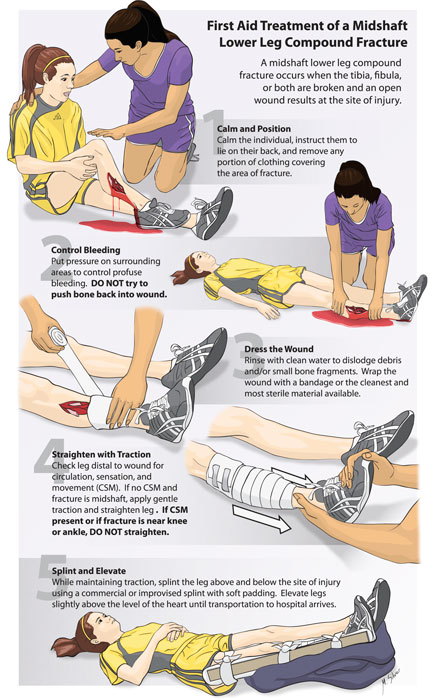 org
org - International Society for Traumatic Stress Studies
- National Children's Advocacy Center
- Sidran Institute
Therapy for Childhood Trauma Can Make a Huge Difference
By age 16, more than two-thirds of children report experiencing at least one traumatic event, according to the Substance Abuse and Mental Health Services Administration (SAMHSA).
Fortunately, the right therapy can help children, adolescents, teens, and adults find ways to heal and cope with the effects of traumatic experiences like abuse, community violence, natural disasters, neglect, and sudden loss of a loved one.
Here, we discuss childhood trauma, the different types, how it may affect you, signs to be aware of, and treatment options for children and adults.
A traumatic event poses a threat to a child’s life or physical safety. This includes events that are frightening, dangerous, or violent.
For some kids, there may be no time for healing between traumatic events — their life is in an almost constant state of chronic stress and trauma.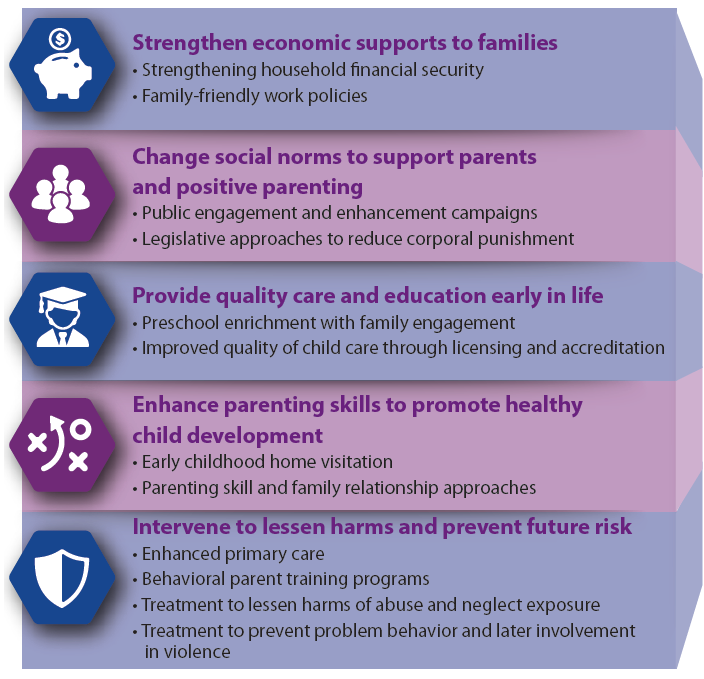
Examples of childhood trauma include:
- physical abuse
- sexual abuse
- psychological and emotional abuse
- neglect
- natural disasters like hurricanes, earthquakes, or fires
- homelessness
- racism
- serious accidents or life threatening illness
- violent loss of a loved one
- sexual exploitation
- refugee and war experiences
- community and school violence
- witnessing or experiencing family or partner violence
- military stressors like loss, injury, or parental deployment
Childhood trauma affects each person differently. However, there are some common signs and symptoms to watch out for in both kids and adults.
In preschool and elementary-age children:
- separation anxiety
- becoming anxious and fearful
- difficulty sleeping and increase in nightmares
- crying or acting out
- decrease in appetite
- moodiness
- increased aggression and anger
Teens can experience all of the signs mentioned above, plus the following:
- irritability
- withdrawal from social activities
- academic problems
- self-blame for the event (guilt and shame)
- feeling depressed
- difficulty concentrating
- eating disorders and other self-harm behaviors
- increase in behaviors like sexual activity and alcohol or drug use
In adults, unresolved childhood trauma can take on many forms.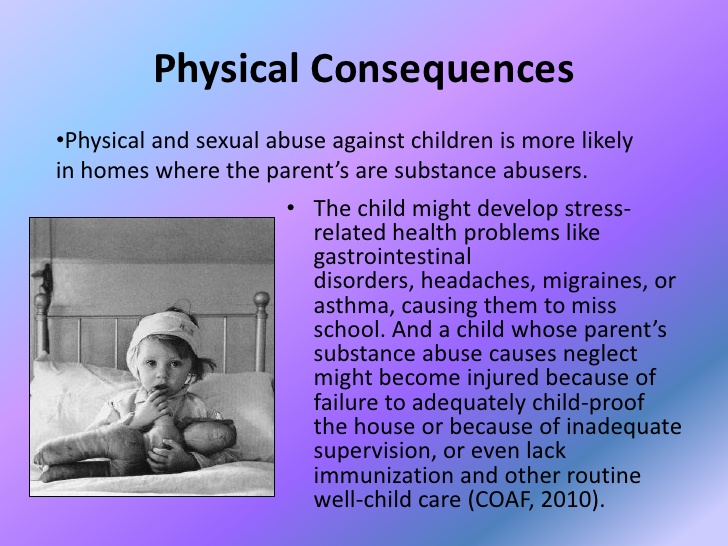 For example, female adults who experience sexual abuse as a child or teen often show signs of post-traumatic stress disorder (PTSD), distorted self-perception, shame, fear, guilt, self-blame, humiliation, and chronic physical pain, according to the American College of Obstetricians and Gynecologists.
For example, female adults who experience sexual abuse as a child or teen often show signs of post-traumatic stress disorder (PTSD), distorted self-perception, shame, fear, guilt, self-blame, humiliation, and chronic physical pain, according to the American College of Obstetricians and Gynecologists.
Adults dealing with PTSD from childhood trauma can struggle in their jobs, interpersonal relationships, and with their own mental health.
Here are some emotional, physical, and behavioral signs to be aware of:
- anxiety
- depression
- panic attacks
- poor concentration
- fatigue
- impulsiveness
- problems with sleep
- chronic health conditions
- compulsion
- self-harm
- chronic stress and inflammation
- isolation
- eating disorders
- suicidal ideation
Childhood trauma can cause adverse effects both immediately and in the future. But the good news is that treatment can help you identify triggers, develop coping strategies, and decrease the symptoms, all in a safe and supportive environment.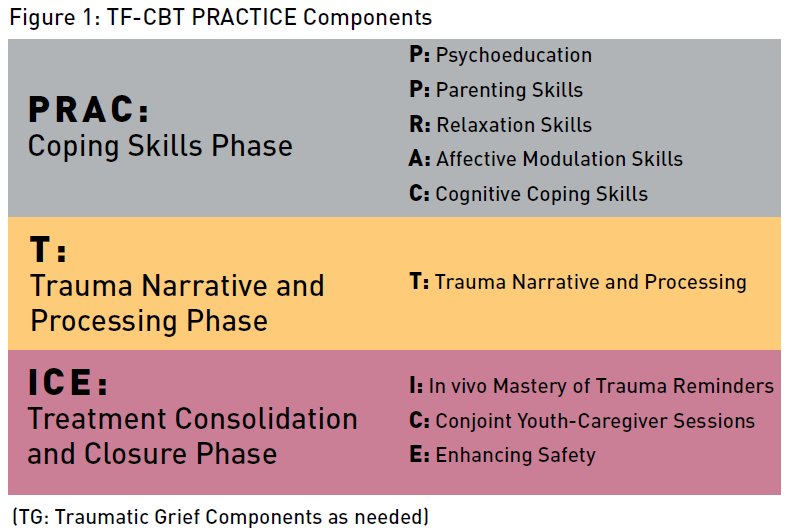
Here are some of the common treatment modalities for adolescents, teens, and adults.
Cognitive processing therapy (CPT)
Cognitive processing therapy (CPT) is a subtype of cognitive behavioral therapy. CPT is often a first choice when treating PTSD, especially when addressing the long-term effects of childhood traumas in adults.
For PTSD, the American Psychiatric Association recommends treatment over 12 sessions. This typically involves education regarding PTSD thoughts and emotions followed by formal processing of the trauma and skill development to identify and address unhelpful thinking related to traumatic events.
Trauma-focused cognitive behavioral therapy (TF-CBT)
Similar to CPT, trauma-focused cognitive behavioral therapy is a subtype of cognitive behavioral therapy.
This evidence-based model incorporates trauma-sensitive interventions with cognitive behavioral techniques, humanistic principles, and family support that relies on the participation of trusted parents and caregivers in the treatment process.
TF-CBT is effective for children, teens, and adolescents who have significant emotional difficulties from a traumatic event. The typical duration is 12 to 15 sessions.
Eye movement desensitization and reprocessing (EMDR)
Eye movement desensitization and reprocessing is another therapy for treating trauma and PTSD. EMDR uses repetitive eye movements to re-pattern memories from a trauma.
There are eight phases of EMDR including history, preparation, assessment, treatment, and evaluation. Research shows that EMDR is an empirically validated treatment to address unprocessed memories related to adverse life experiences and trauma.
Narrative exposure therapy (NET)
Narrative exposure therapy is an alternative to TF-CBT for people, including children, with PTSD. NET is a short-term individual intervention that focuses on embedding trauma exposure into an autobiographical context known as a timeline.
This timeline remains with the patient after therapy is over.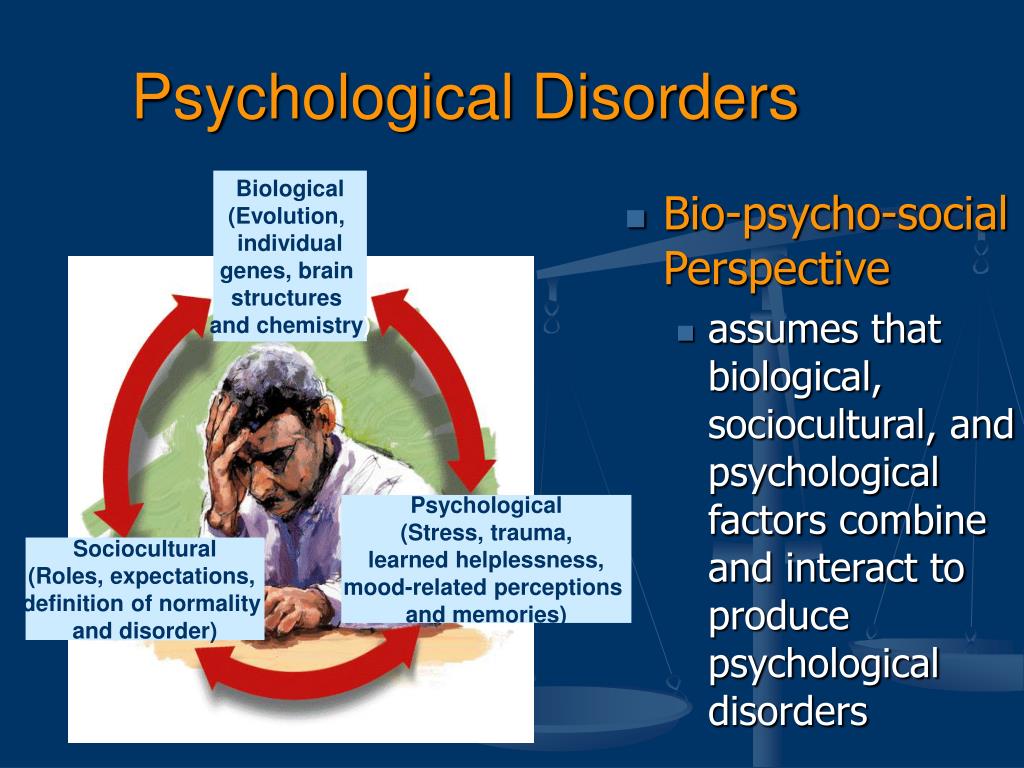 NET is most effective in treating people with multiple traumatic events.
NET is most effective in treating people with multiple traumatic events.
Prolonged exposure therapy (PE)
Prolonged exposure therapy is a subtype of cognitive behavioral therapy used to treat PTSD and other mental health conditions. PE often takes place over 3 months.
During the sessions, the therapist helps individuals confront trauma-related memories, fears, feelings, and situations. The therapeutic relationship needs to be stable before exposure begins in the office and outside of therapy.
Treatment for children will look different than treatment for adolescents, teens, and adults. Because of this, kids need specialized therapy designed to accommodate their developmental levels and ability to participate in the process.
Play therapy
Play therapy uses the therapeutic power of play to help children work through trauma. The target group for play therapy is children ages 3 to 12.
During a play therapy session, the therapist can observe a child through play.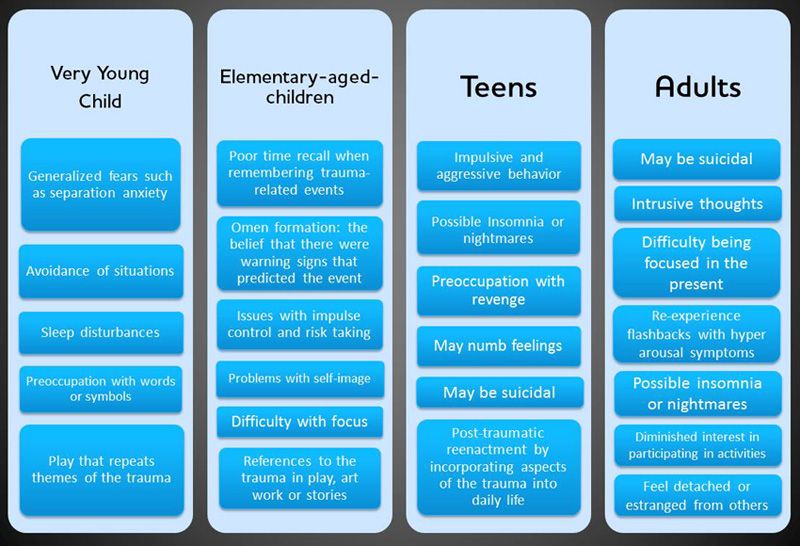 They can also use this age-appropriate behavior to address trauma and develop coping strategies.
They can also use this age-appropriate behavior to address trauma and develop coping strategies.
Art therapy
Art therapy uses creative expression to address and heal the effects of traumatic events. Art mediums include drawing, coloring, painting, collage, and sculpture.
The American Art Therapy Association says art therapy provides an outlet without words. It can help improve cognition, foster self-esteem and self-awareness, reduce conflicts and stress, and cultivate emotional resilience.
Childhood trauma can have consequences well into adulthood. One 2019 study found that adults in psychiatric outpatient programs experienced a higher rate of traumatic events as kids compared to adults not in treatment.
Another 2019 study looked at data from 1,420 participants and found that those with childhood trauma experienced adverse outcomes in adulthood including mental illness, addiction, and health problems.
The participants were interviewed annually as children and then four more times during adulthood (at ages 19, 21, 25, and 30) over 22 years.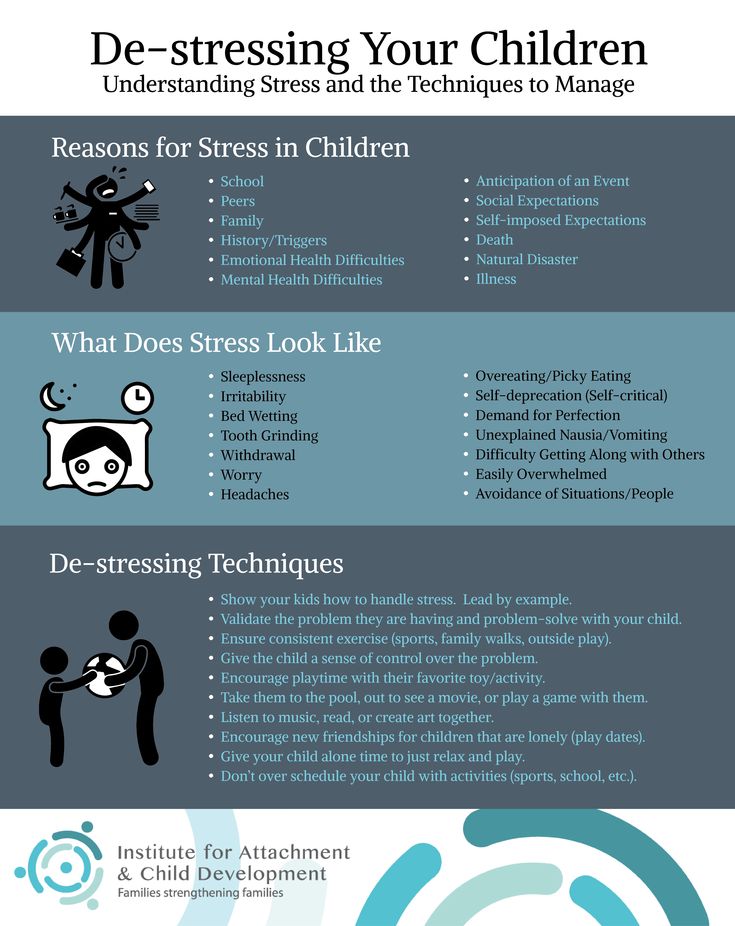
Of the 1,420 participants, 30.9 percent said they experienced one traumatic childhood event, 22.5 percent experienced two traumatic events, and 14.8 percent experienced three or more.
The effects of trauma at a young age can result in mental health conditions including:
- PTSD
- anxiety disorders
- major depressive disorder
- eating disorders
- substance and alcohol use disorders
Experiencing sexual abuse as a child can also increase suicide ideation in adults, according to results from a 2017 survey.
Preventing or lessening the consequences of childhood trauma is possible.
If your child is dealing with the effects of trauma, the first step is showing support. You’ll want to find a mental health professional qualified to treat the trauma your child is dealing with and get them into therapy as soon as possible.
Family therapy is also recommended. Trauma-focused cognitive behavioral therapy is one form that includes the family in the process.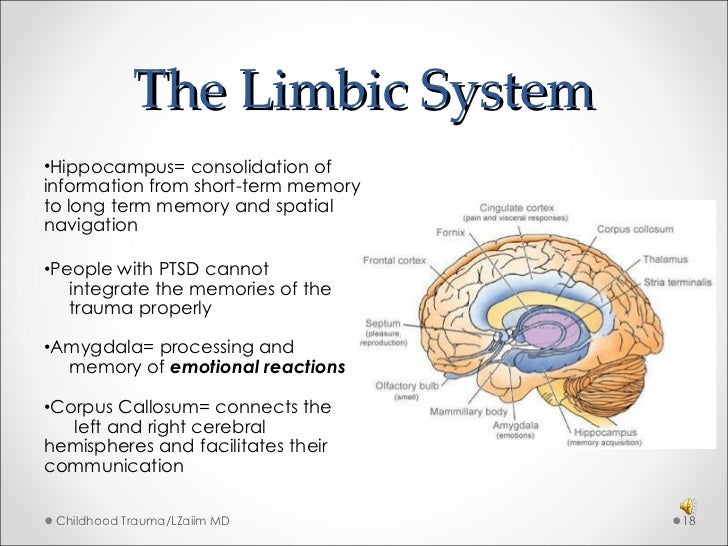
These sessions can help parents or caregivers learn how to support and encourage their children at home. It also teaches parents how to avoid blame, learn how to listen, and watch for worsening symptoms.
Finding help for childhood trauma
Mental health professionals like psychologists, psychiatrists, and therapists can help with childhood trauma. Some therapists specialize in treating children, so ask before scheduling an appointment. If you’re interested in a specific type of therapy, like play therapy, look for a therapist with that credential. Some resources to find help include:
- Anxiety and Depression Association of America
- Art Therapy Credentials Board
- Association for Play Therapy
- Crisis Text Line: Text HOME to 741741
- Eye Movement Desensitization and Reprocessing
- GoodTherapy
- The Trevor Project (crisis intervention and suicide prevention for LGBTQIA+ youth): Call 866-488-7386 or Text START to 678-678.
- Therapy for Black Girls
Long-term effects of childhood trauma can increase the risk of mental health conditions like PTSD and depression, chronic illness, or substance use disorders.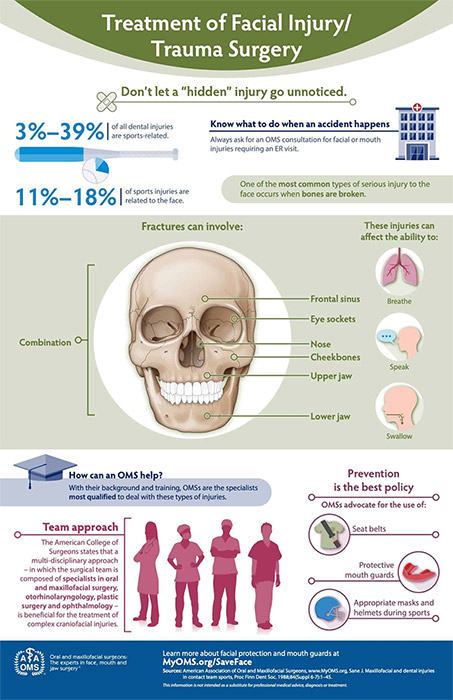
However, with the right therapy, the outlook for people who’ve experienced childhood trauma is positive.
Depending on the type of trauma and how long it occurred, treatment may take a while, especially if you’re addressing these issues as an adult.
Therapy for childhood trauma can help lessen the impact of abuse, neglect, witnessing violence, natural disasters, and serious accidents or life threatening illnesses.
Addressing these issues during childhood or adolescence can reduce the risk of developing mental health issues like anxiety and depression or chronic conditions. However, seeking treatment as an adult is also beneficial, helping you identify trauma and deal with its effects.
Three Psychological Techniques for Healing Childhood Trauma
Psychotherapists often talk about how important it is for the patient to get in touch with their “wounded inner child” in healing trauma. By this child they mean all the psychological and emotional baggage left from childhood and continuing to create problems in adulthood.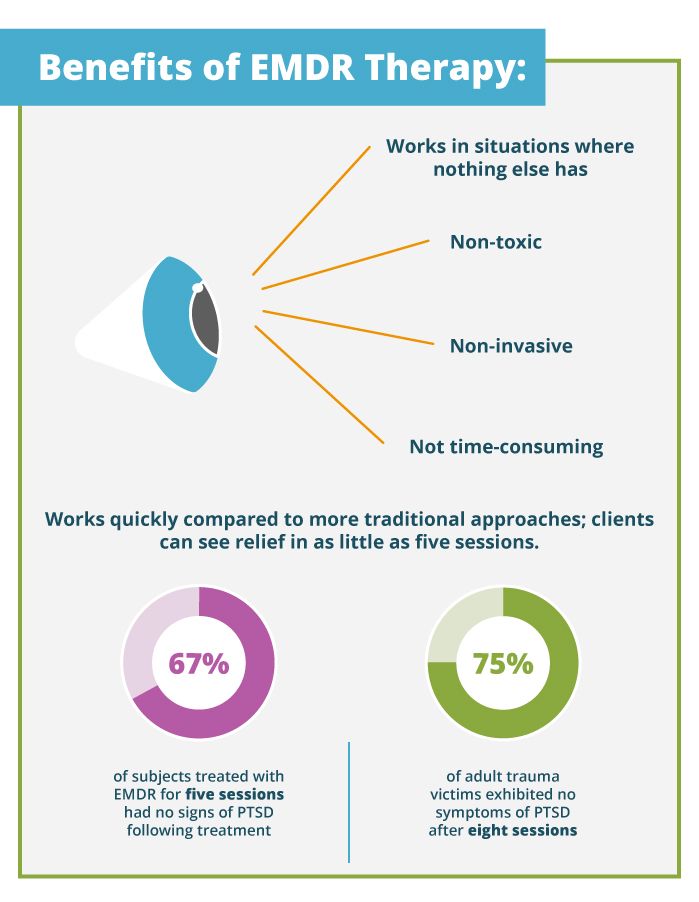
The term "inner child" gained popularity thanks to self-help authors, most notably John Bradshaw and his bestselling book Coming Home. nine0003
The archetype of the “wounded child” usually manifests itself in the following way: in the life of an adult, the same negative experiences and manifestations of inadequate behavior are repeated again and again, which he adopted in childhood, looking at others.
For example, if a girl in her childhood regularly observed how her father abused her mother, then in adulthood she may constantly enter into relationships with men who are prone to abuse.
Addictions and mental health problems rooted in childhood are treatable. Here are a few techniques that can help you recognize negative patterns learned in childhood and re-educate your inner child. nine0003
1. Empty Chair Technique
The application of this technique is as follows: the therapist places an empty chair in front of you and asks you to imagine that a significant person for you is sitting on it - for example, one of your parents.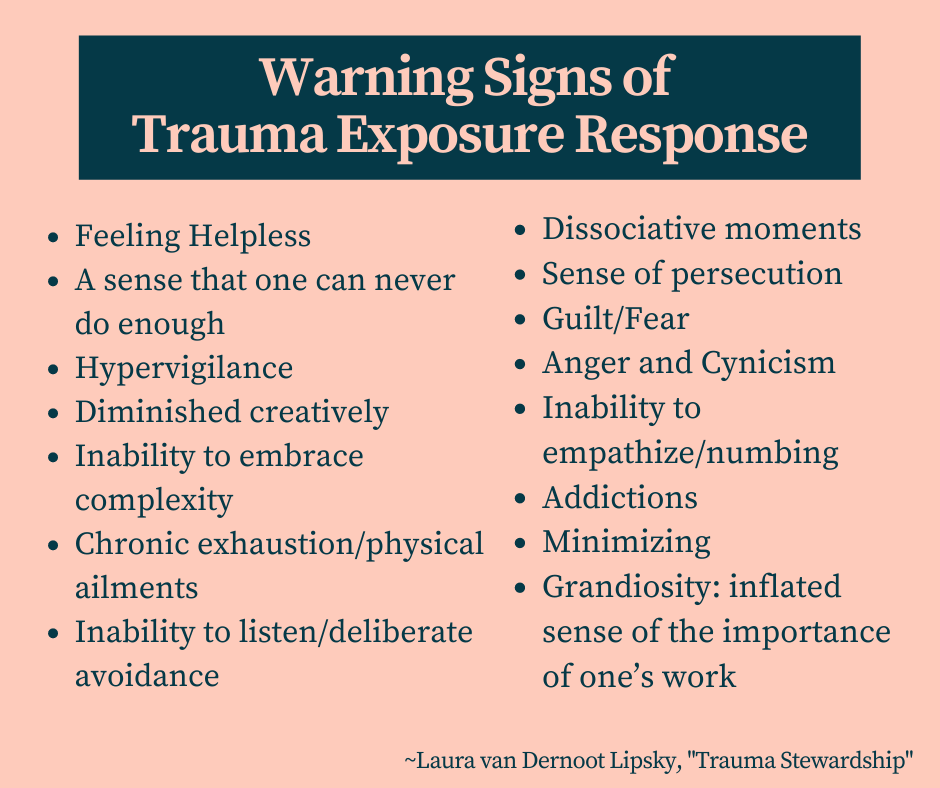
You "communicate" with an imaginary interlocutor, talk about your thoughts and feelings, or explain to him what you wanted, but could not get from him as a child. The therapist may suggest that you "reverse roles" and take the place of an imaginary interlocutor yourself. nine0003
This work is especially helpful when people who have meant a lot to you in the past are unable or unwilling to take part in therapy. It helps you reconnect with your feelings about the past and with parts of yourself that you have tried to hide or suppress through addiction or other destructive behavior.
By getting in touch with your own feelings and memories, you can become aware of how they affect your current behavior and understand how you can change the situation. nine0003
2. Schematic Therapy
This method is suitable for patients experiencing social difficulties and those who cannot cope with the consequences of childhood trauma.
Children who grow up in a hostile or unhealthy environment often develop coping patterns, memories, emotions, ideas about themselves and others that are fraught with problems and lead to inappropriate reactions and behavior in adulthood.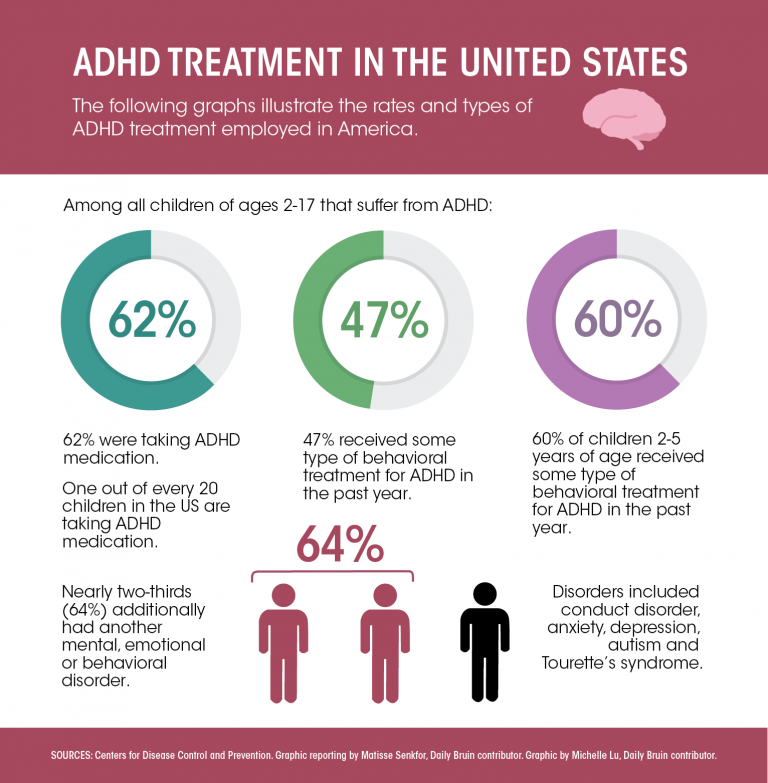
During treatment, the therapist uses "re-education" techniques to help the patient's vulnerable inner child learn to meet their basic emotional needs in healthy ways. nine0003
Through various methods: dialogues, role plays, journaling, teaching important skills, schema therapy teaches the patient to look at himself and others differently and helps him overcome the desire to avoid unpleasant situations and get rid of other inappropriate reactions.
3. EMDR
Eye movement desensitization and processing (EMDR) is a technique based on information processing by the brain. It can help relieve unpleasant experiences associated with traumatic past events and manifested in the form of obsessive thoughts, sudden painful memories, anxiety, fear, panic attacks. nine0003
As the work progresses, the patient follows moving objects (eg, the therapist's fingers) with their eyes while trying to focus on internal negative images, thoughts, and feelings associated with the trauma.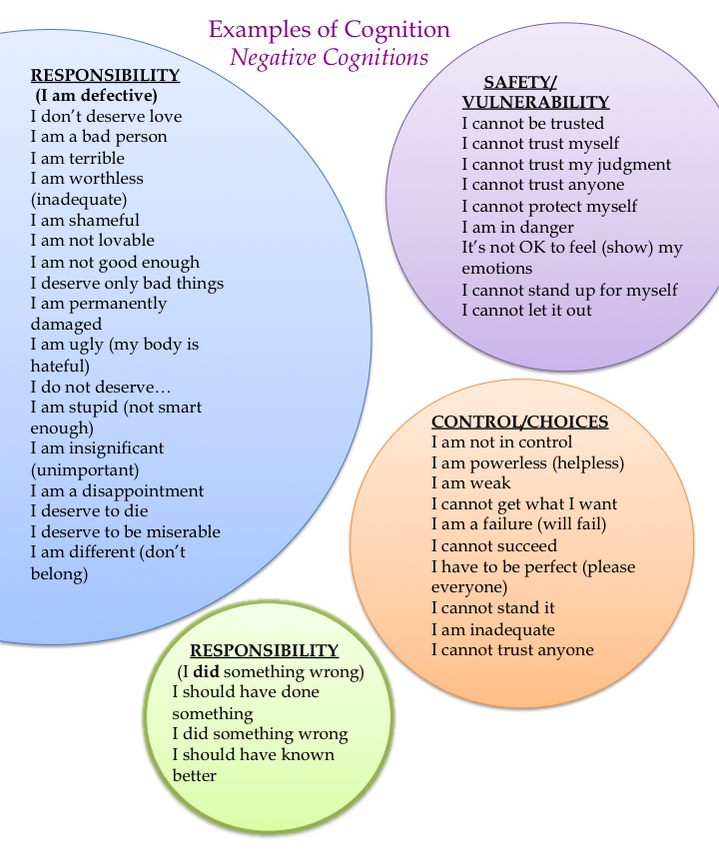
This technique simultaneously engages both hemispheres of the brain, allowing the client to get rid of the habitual reaction to trauma. Rapid eye movements and focus on external stimuli help him recall, process, and discharge painful memories that create or exacerbate his problems. nine0003
These and other therapies can help you meet the key emotional needs that were left unfulfilled in childhood and heal old wounds that prevent you from living your full life.
About the Expert: David Sack is a psychiatrist and chief medical officer for Elements Behavior Health, a network of drug and alcohol rehabilitation centers.
10 books about trauma and how to deal with it
79,421
BooksRelationship CrisisAntistress
1. “The process of trauma”
Lyudmila Trubitsyna, Smysl, 2012
How can a suffering person, who is sure that he has lost the joy and taste of life forever, restore his spiritual balance, return to everyday life? Lyudmila Trubitsyna, a medical psychologist, a specialist in working with trauma, explores in detail the phenomenon of experiencing a traumatic event: death or threat to the life of a loved one, illness, severe humiliation, a situation of “collapse”, “failure”, loss of all hope.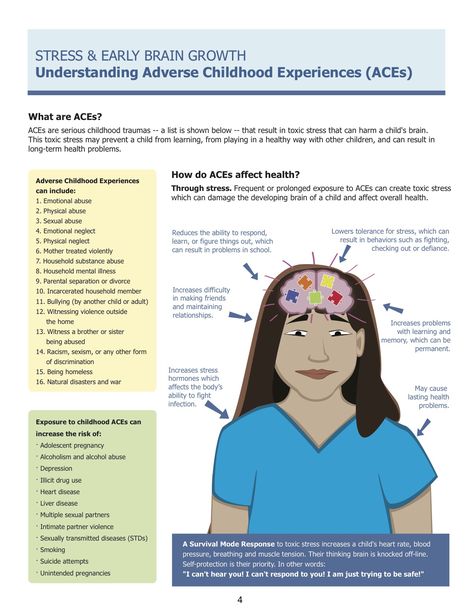 nine0003
nine0003
Trauma is not something exceptional; it occurs in the life of almost any person. The author sees in it a certain single integral process with its stages, patterns and mechanisms, which are described in detail in the book. Separate sections are devoted to the peculiarities of children's perception and modern methods of psychological assistance.
2. "Female Emotional Trauma"
Linda Shiers Leonard, Klass, 2011
A study by the American Jungian psychotherapist Linda Leonard focuses on women who experienced dramatic childhood relationships with their father. By telling the stories of patients, describing their wounding relationship with an authoritarian or seductive, humiliating or indifferent father, the author shows how this trauma is formed and manifests itself. nine0003
“These women appear to be quite successful when they come to my office,” writes Linda Leonard, “but behind their outward success lies deep despair, feelings of abandonment and loneliness, fear of rejection, and an inability to form close relationships with men. It is as if they do not live their own lives, but only perform the roles imposed on them. How to heal from childhood trauma and regain your true self, this book tells.
It is as if they do not live their own lives, but only perform the roles imposed on them. How to heal from childhood trauma and regain your true self, this book tells.
3. "Psychic trauma"
Mikhail Reshetnikov, Yurait, 2018
The main ideas of the analytical theory of trauma, the history of the issue, diagnostic methods, as well as the symptoms of post-traumatic disorders and methods for their correction. Doctor of Psychology, Rector of the East European Institute of Psychoanalysis Mikhail Reshetnikov wrote a fundamental work and addressed it primarily to future psychologists. But the book is written in a language accessible to a wide audience, it will be useful for practicing psychologists as well.
“No therapy makes a person happy,” writes Mikhail Reshetnikov. “All we can do is just remove obstacles and help: first find peace of mind, and then feel the support under your feet for the next step – to a fulfilling life. And even this little we can only if we can understand the patient. His book is an attempt to get closer to such an understanding. nine0003
His book is an attempt to get closer to such an understanding. nine0003
4. “Trauma, connection and family constellations. Understanding and healing emotional wounds»
Franz Ruppert, Institute for Counseling and Systems Solutions, 2010
German clinical psychologist Franz Ruppert uses the family constellation method. But to work with traumatic events, he created his own form - the arrangement of trauma. Ruppert proceeds from the fact that in the course of trauma, the soul splits into healthy, surviving and traumatized parts. And the surviving "I" needs resources not to come into contact with the traumatized "I". nine0003
If the traumatized person fails to subsequently "process" the traumatic event—that is, to remember, comprehend, and re-feel the dissociated feelings—the psychic split will persist. It is in trauma that Ruppert sees the basis of such mental illnesses as phobias, panic attacks, schizophrenia and paranoia. In the book, he gives a classification of injuries, illustrating it with practical examples.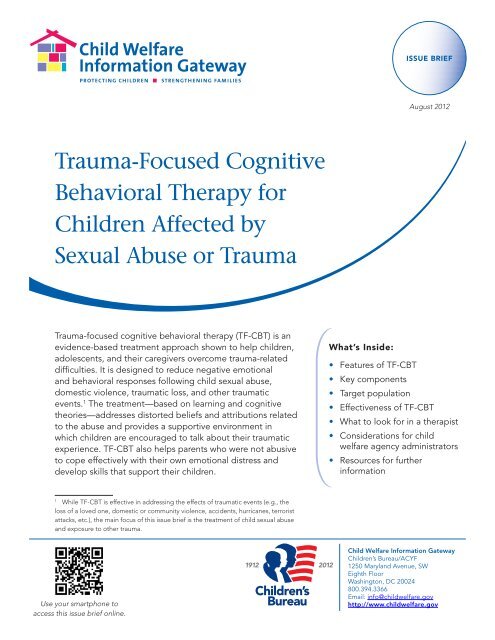 The path to healing is the restoration and “recovery” of connections and attachments.
The path to healing is the restoration and “recovery” of connections and attachments.
5. “Trauma and soul. Spiritual-psychological approach to human development and its interruption”
Donald Kalsched, Cogito Center, 2015
The title of the book reflects the idea of the coexistence of two worlds: material and spiritual. Their meeting place is the human soul. In therapeutic work with patients who have suffered from early childhood trauma, Jungian analyst Donald Kalsched takes into account this binary soul - and its spiritual potential, and the experience of mystical experiences.
Here is an example. An angel blocks the path of a little girl who carries a note from her mother to her father in the office. The second attempt to deliver the message fails for the same reason. The third time the mother walks with her daughter and sees that the husband has died at the table in his office. Whether the angel was a fiction or not, in any case, he protected the girl from impressions that the child could not bear.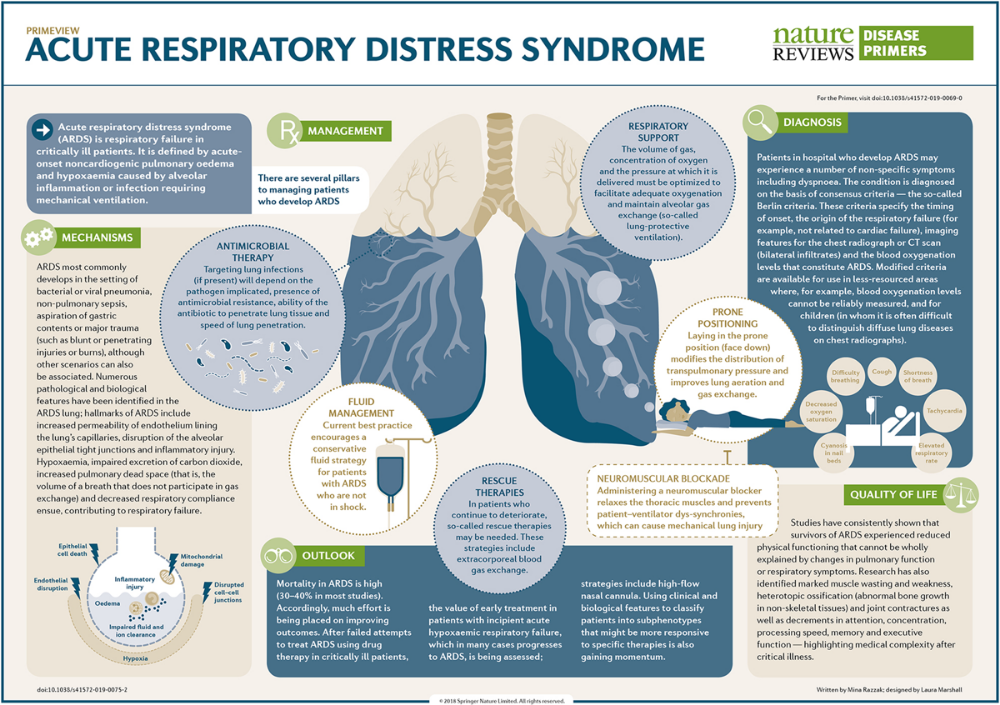 nine0003
nine0003
What will happen to the angel next? It depends on the mother. If she comforts the child, the angel will disappear, because his presence will no longer be needed. If the mother plunges into her own grief, the angel will remain to protect the child from loneliness. Perhaps later he will become a dark angel, saving the girl at the same time from contact with reality, and from development, for which such contact is necessary.
This is just one episode among many dozens of cases in which Donald Kalsched explores the work of mental forces in a situation of early trauma. The author describes the trauma as a forced gap in the development of the personality, and psychological protection as a special reality, a kind of mythopoetic cocoon for the suffering soul, from which, however, it is sometimes difficult to get out. nine0003
6. “Under the shadow of Saturn. Men's Psychic Traumas and Their Healing”
James Hollis, Cogito Center, 2005
Famous Jungian analyst, Director of the Center K.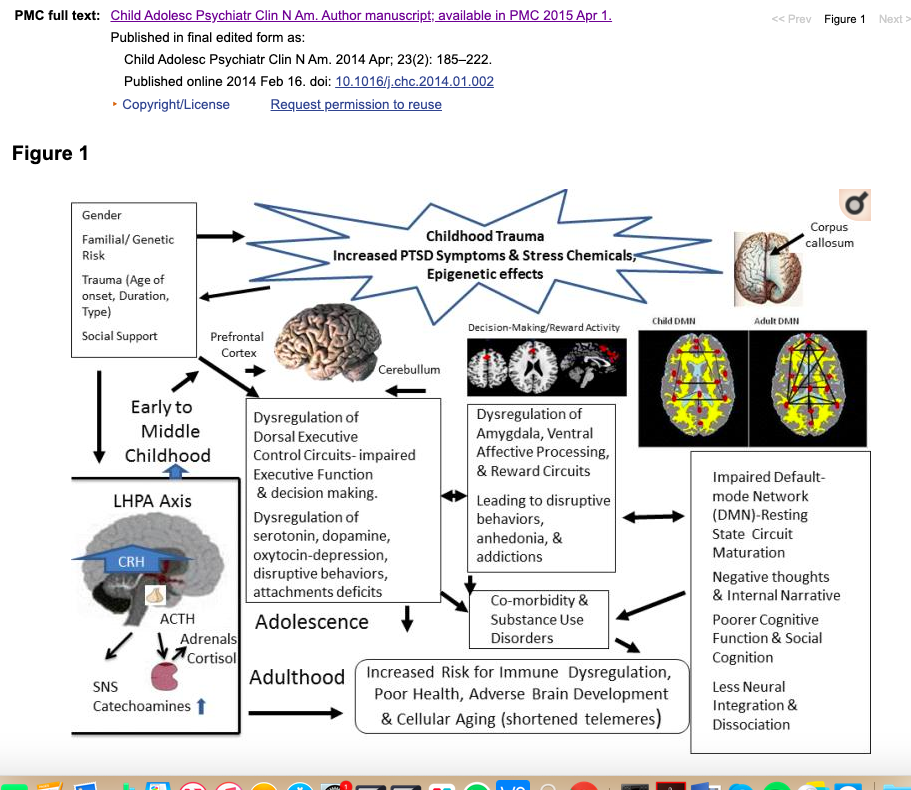 G. Jung in Houston reflects on the causes of men's psychological vulnerability. Boys grow up under the yoke of the image of a Man, who must meet certain role expectations, compete and be at enmity with rivals. Suffering from their failure, experiencing the fear of inconsistency with the archetypal image, men inflict injuries on themselves and others. nine0003
G. Jung in Houston reflects on the causes of men's psychological vulnerability. Boys grow up under the yoke of the image of a Man, who must meet certain role expectations, compete and be at enmity with rivals. Suffering from their failure, experiencing the fear of inconsistency with the archetypal image, men inflict injuries on themselves and others. nine0003
In speaking of the inevitability and even necessity of some of these injuries, Hollis offers seven steps to self-healing—at least on an individual level. Among these steps are, for example, the following: the search for teachers and mentors, the willingness to tell secrets and participate in the "revolution" - that is, in the process of radical change.
7. Trauma and Human Existence
Robert Stolorow, Cogito Center, 2016
Classical Freudian psychoanalysis assumes that the basis of our psyche is drives that belong to the individual psyche. Robert Stolorow proposes a new psychoanalytic approach. It is based on affects, that is, subjective emotional experiences.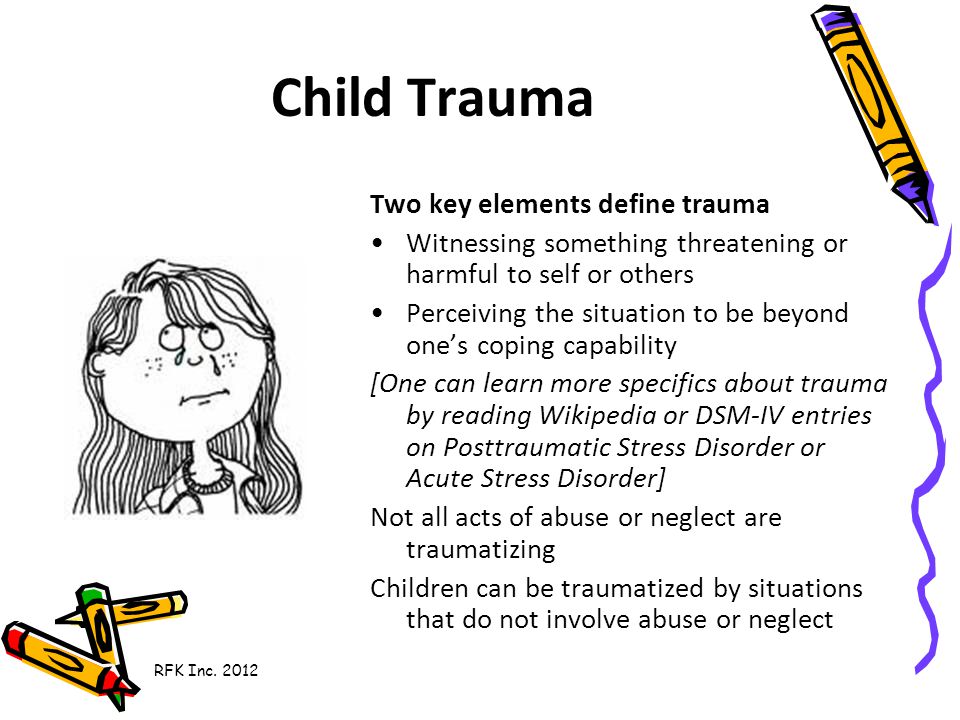 How each of us experiences affects depends not only on ourselves, but also on whether we find in others understanding and willingness to respond to our feelings. nine0003
How each of us experiences affects depends not only on ourselves, but also on whether we find in others understanding and willingness to respond to our feelings. nine0003
This approach, called intersubjective systems theory, is used by Robert Stolorow to make sense of his own loss. His first wife died of cancer, and his mourning dragged on for many years. But the grief became easier to bear at the moment when the new wife Julia was able to meet the pain of his loss, not considering that her own presence in her husband's life was diminished by this experience. Philosophical and at the same time deeply personal narrative touches upon the painful question of being: the limited existence in time of ourselves and our loved ones - and is based on psychoanalysis and the works of Martin Heidegger. nine0003
“When my traumatized states could not find emotional shelter, I became insensible and my world bleak. When I again found such a shelter, I came to life, and the colors of my world returned.
8. “Post-trauma. Diagnostics and Therapy”
Olga Bermant-Polyakova, Rech, 2006
Most people cope with traumatic experiences on their own. In this case, the specialist can assess the resources of the victim, help to comprehend the crisis event, learn to live without the lost and create something new. Working with people who have not managed to overcome the destructive impact of trauma on their own requires a special approach. nine0003
Israeli clinical psychologist and psychotherapist with 25 years of experience Olga Bermant-Polyakova describes in detail the consequences of trauma, talks about "disclosure therapy" according to Edna Foa, about working through anger, shame and guilt in post-trauma psychotherapy. In addition, he introduces the basics of psychoanalytic diagnostics and psychodynamic interpretation of the Rorschach test, the main projective method in foreign clinical psychology.
9. Fragments of Childhood Trauma
Donna Jackson Nakazawa, Bombora, 2018
How does negative childhood experience affect a person's mental and physical health in adulthood? Science journalist Donna Nakazawa has experienced the effects of early trauma and has done a great job of researching the topic in depth. She met doctors and psychologists, wrote down the personal histories of their clients, and also collected and described the latest scientific discoveries that confirm the negative changes in the brain that result from traumatic experiences.
But in the second part of the book, the author explains that many problems can be overcome in adulthood. She cites stories of people who managed to cope with the consequences of traumatic events on their own and describes good methods that work.
10. Ancestral Syndrome
Ann Anselin Schutzenberger, Institute for Psychotherapy Press, 2011
Unhealed traumas are passed on from generation to generation, slowly but powerfully affecting the lives of unsuspecting descendants. Psychogenealogy allows you to see these secrets of the past and stop paying the debts of your ancestors. But doing this alone is difficult, you need the eye of a psychotherapist to follow all the intricacies of mental associations and reservations, as in any psychotherapy.
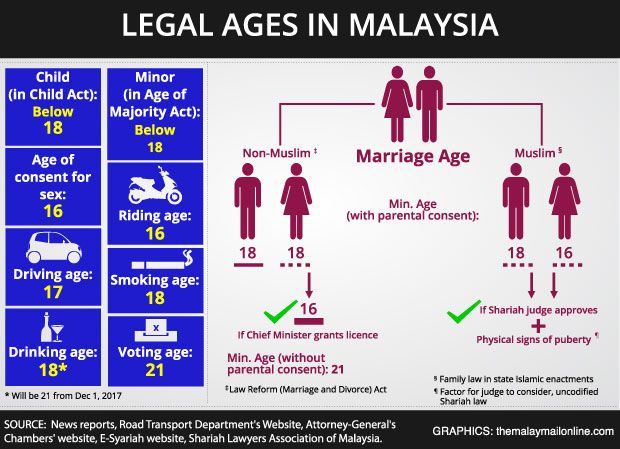
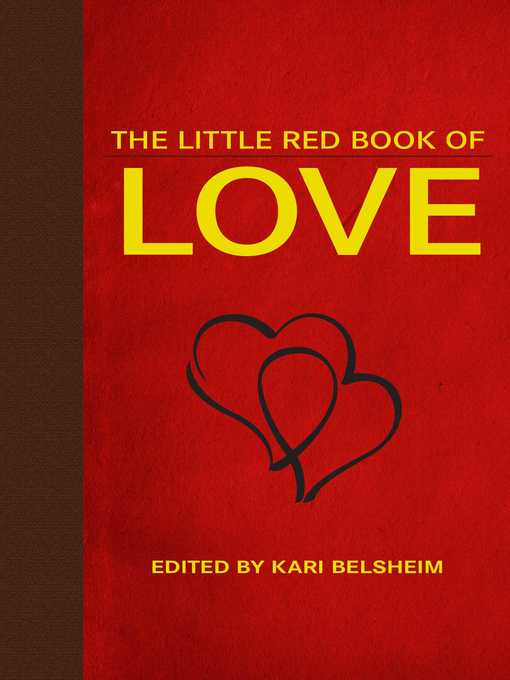
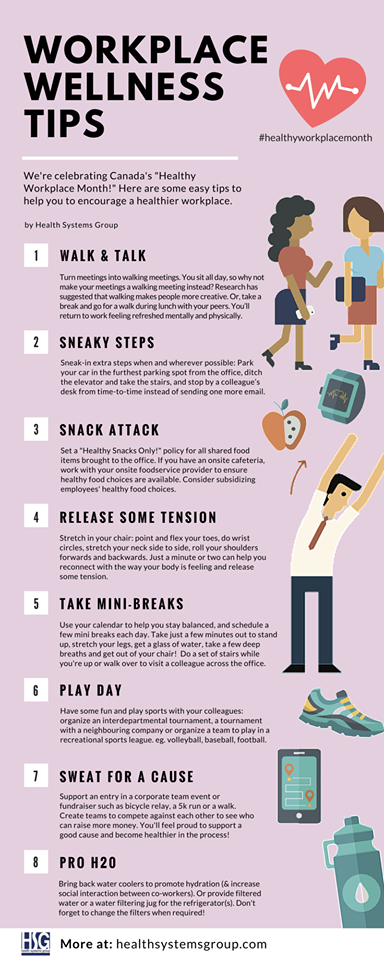

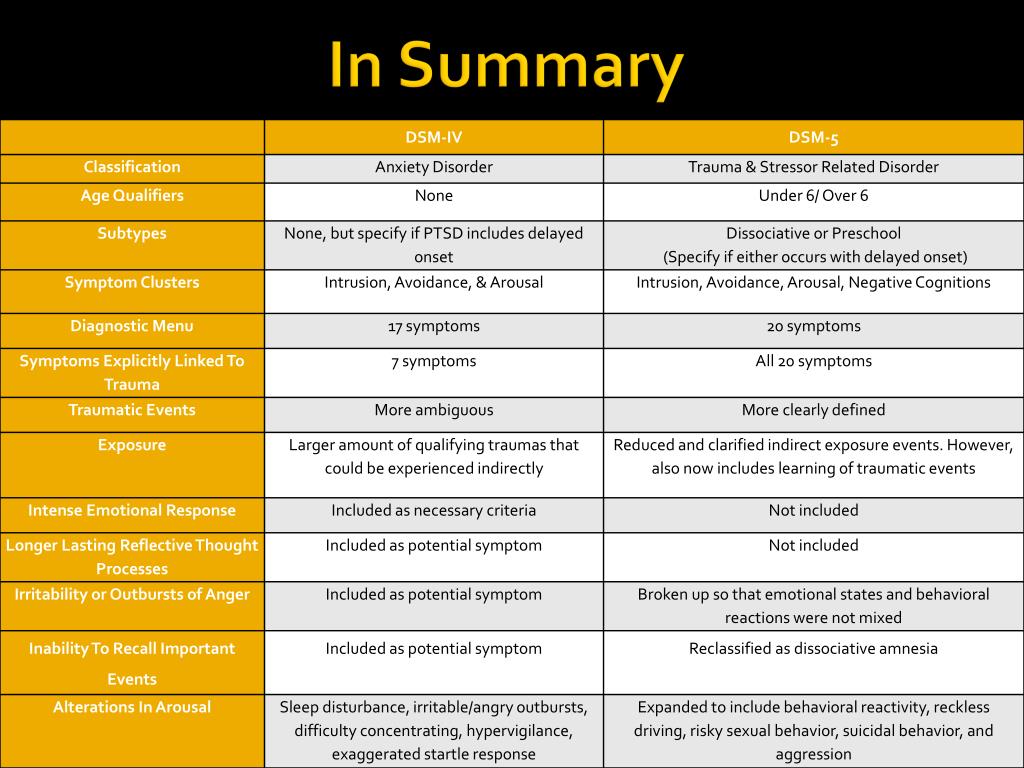

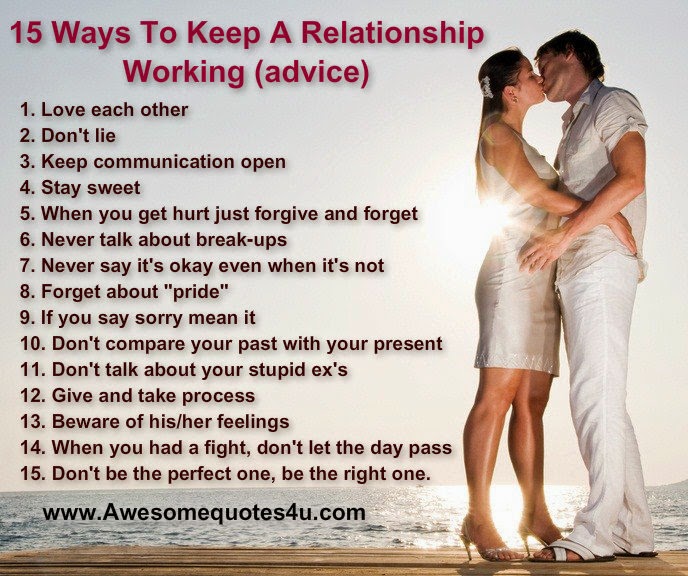.jpg)

